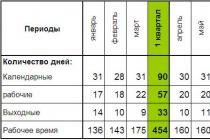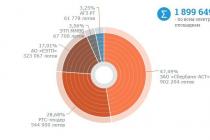The Chinese Meizu launched a bunch of smartphones last year, most of them with large 5.5-inch screens. Now this is a very popular phone format, because we all live in social networks, not apart from the mobile Internet.
The hit of sales was Meizu M3 Note, which appeared in the spring and staked out the title of people's favorite for a long time. Not very expensive, all functions are in place, and even looks more expensive than its price. After the plastic Meizu M2 Note, it has become almost a design miracle. Then they showed Meizu U20 and M3E of similar sizes, in my opinion, the most successful continuation will be Meizu M5 Note.
Good looking
The Meizu M5 Note is similar in size to the M3 Note, but the body has become more angular, here they abandoned the plastic inserts at the top and bottom, thin strips of antennas run across the metal shell. It's hard to tell the difference from the photos, but if you hold the devices in your hands, you will immediately feel that the M5 Note has a higher build level. For example, on the M3 Note you feel the transition between the notorious inserts when you slide your finger across the body, while on the M5 Note this is not.
The phone is pleasant to hold in hand, it is well assembled and does not look like a budget model. In general, the Chinese are great, manufacturers last year set a new standard, when devices for $ 100-150 receive solid metal cases and look no worse than flagships.
The layout of the buttons has not changed, everything is in its place. Below the screen is a button that distinguishes between pressing and touching, Meizu has an original control system in the menu. It also has a built-in fingerprint scanner for data protection. The sensor works quickly and accurately, there are problems with wet fingers, if you wash your hands and immediately pick up the phone, but this is particular.
It's good that we kept the light indicator, it is located on the right above the screen. On the front, the Meizu M5 Note can be easily confused with another Meizu - they all look the same, but this has already become the norm. Here's for iPhone comparisons 6s Plus, Meizu looks even neater due to the symmetrically located sensors next to the earpiece.
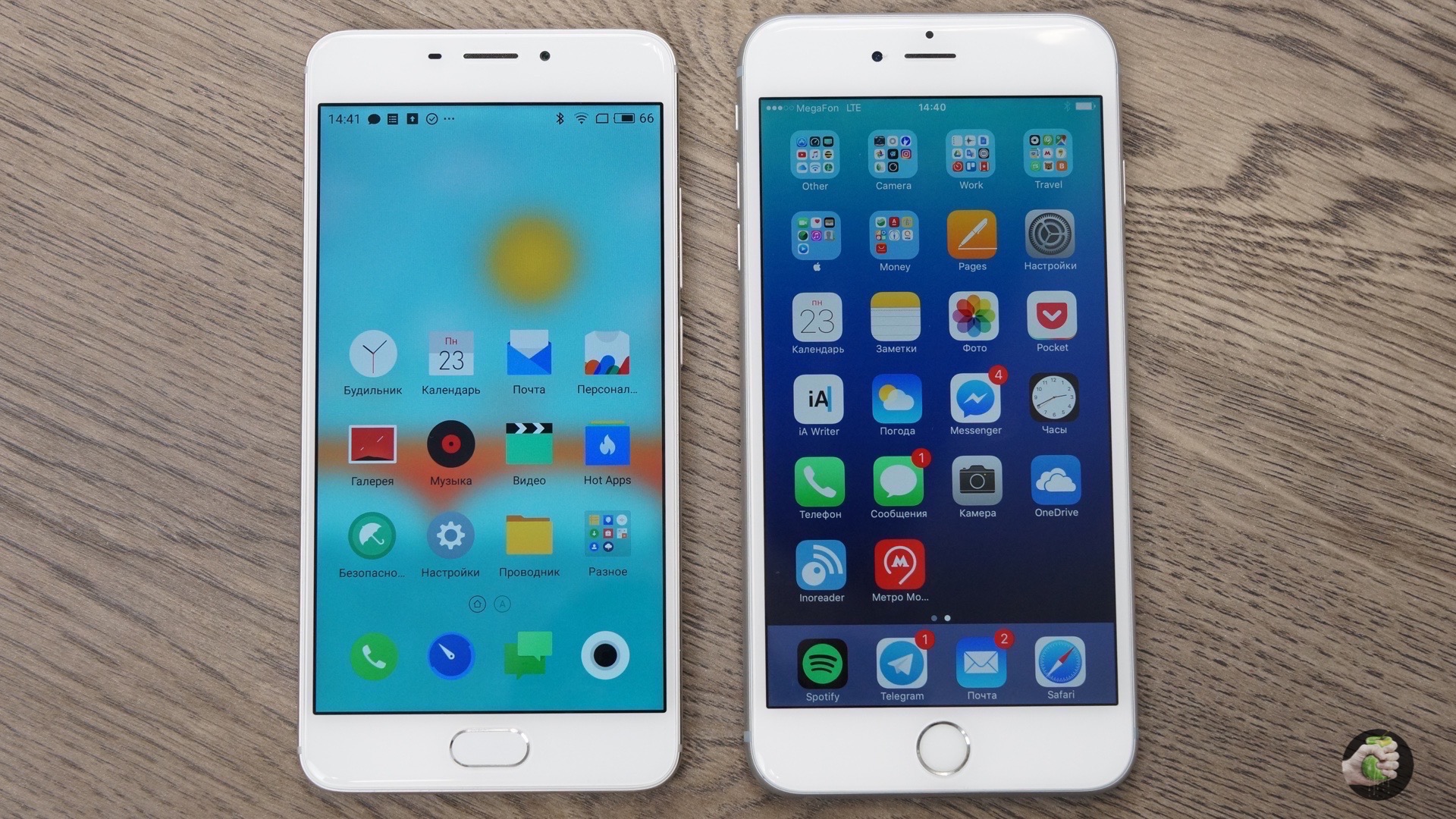
The dimensions are comfortable, the phone is not ultra-thin, but not thick (8.1 mm thick), it weighs an adequate 175 grams, comparable, for example, to the Google Pixel XL.
The headphone jack has moved from the top to the bottom, it has become more convenient. Let me explain why. When you hold the phone in your hand and listen to music on wired headphones, then, putting the M5 Note in your pocket, the plug sticks out. In M3 Note, on the contrary, it looks inside the pocket, you have to bend the wire. It seems like a trifle, but with the updated version it has become more convenient to live.
Colorful screen
The screen is normal, from old model in terms of characteristics, it does not differ. Resolution 1080x1920, IPS-panel with pleasing to the eye colors, the display is covered with glass with the so-called 2.5D effect. The oleophobic coating is good, the finger glides on the screen, traces and prints are easy to remove.
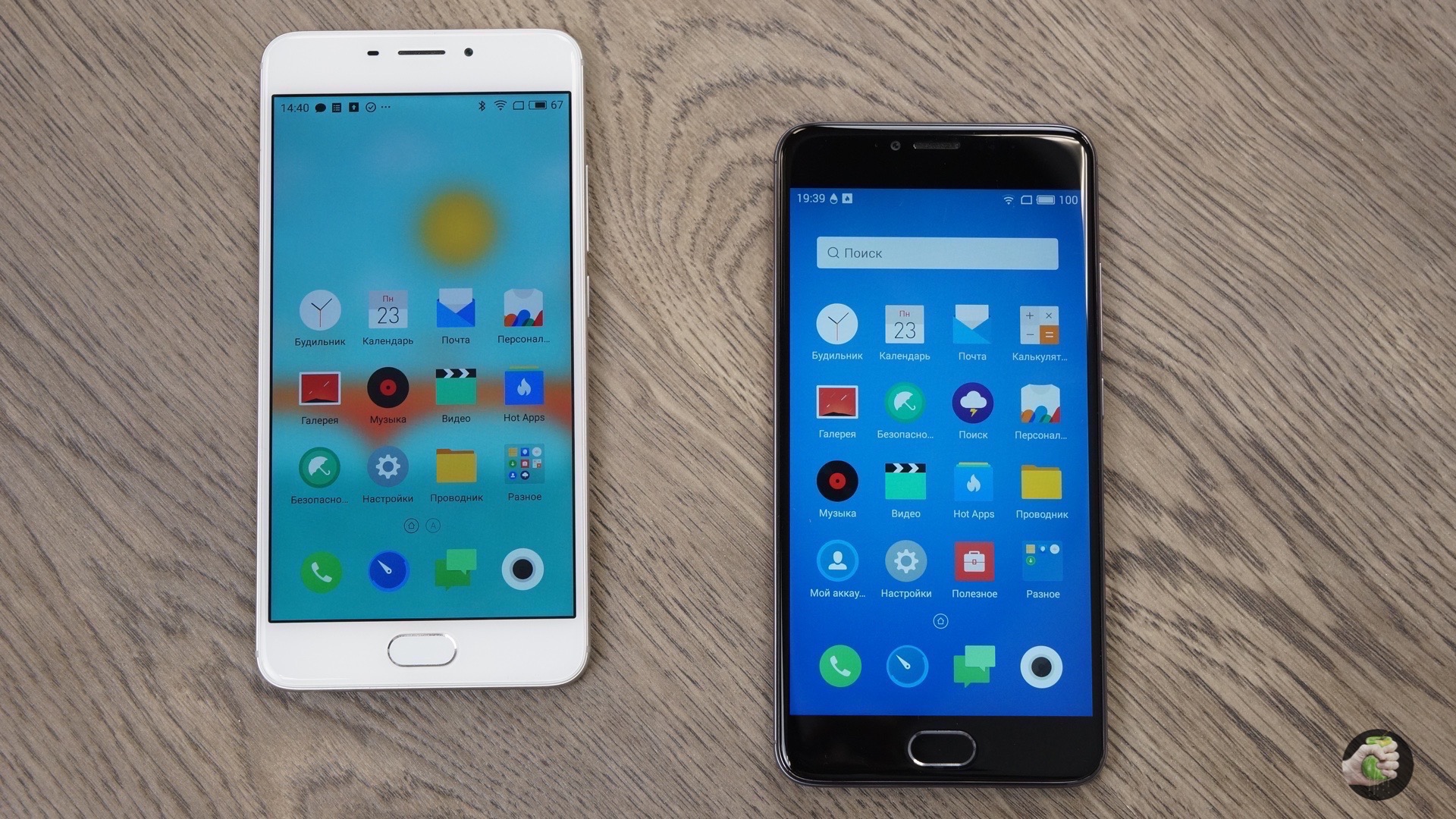
Medium camera
According to the characteristics of the Meizu M5 Note, it offers the same 5 megapixels in front and 13 megapixels in the back as the M3 Note, but here there is a different module.
![]()
In terms of the quality of shooting, both phones are comparable, I can't say that you will feel the difference if you switch from M3 Note to M5 Note. I would look towards the older Meizu models if a better camera is needed.


Where it "yellows", there is M5 Note (right), and on the left is a picture on M3 Note in cold colors.
Iron would be more powerful
Meizu M5 Note is not a step forward on the filling, MediaTek processor It's time to replace Helio P10 with something newer and more powerful, competitors are breathing in the back, and some are already moving forward. There will be versions with 3/16 and 3/32 GB of memory, and there will also be a top-end version with 4/64 GB.
If last year Helio P10 was just right, now something more powerful is needed to compete with the ubiquitous Xiaomi. However, all games are played here, if you do not set the maximum graphics settings, after all, this is not a flagship, but a phone for $ 150.
A phone with two slots for SIM-cards, in place of the second card you can put a memory card. There is no NFC chip in the phone, you need to connect headphones and speakers in the old and proven way.
The Meizu M5 Note runs Android 6.0, adorned with its own Flyme OS. It is simple and minimalistic, perhaps even too much. An update to Flyme 6 will appear soon, but for now the phone is running on version 5 of the system. Some are fans of Meizu only because of this convenient shell.
Meizu sells smartphones without installed applications and Google services... I know people who do not take advantage of such opportunities at all, but I suspect that they are a minority. But much more of those who receive mail in Gmail every day are building a road along google maps and enjoys other benefits of civilization. Considering that Meizu is a Chinese brand, there are no dissatisfied in the home market at all, and for international sales, each smartphone receives a separate service installer in the firmware. Push the button, got Google play, then everything is as usual.
2 days working
It's rather strange that microUSB was added to the 2017 model (the phone was presented at the very end of the last year, 2016). On the one hand, for many buyers, USB-C is an inevitable evil, because the chargers and cables need to be changed, but on the other, it is the future and progress. It is corny convenient to connect the cable to either side.
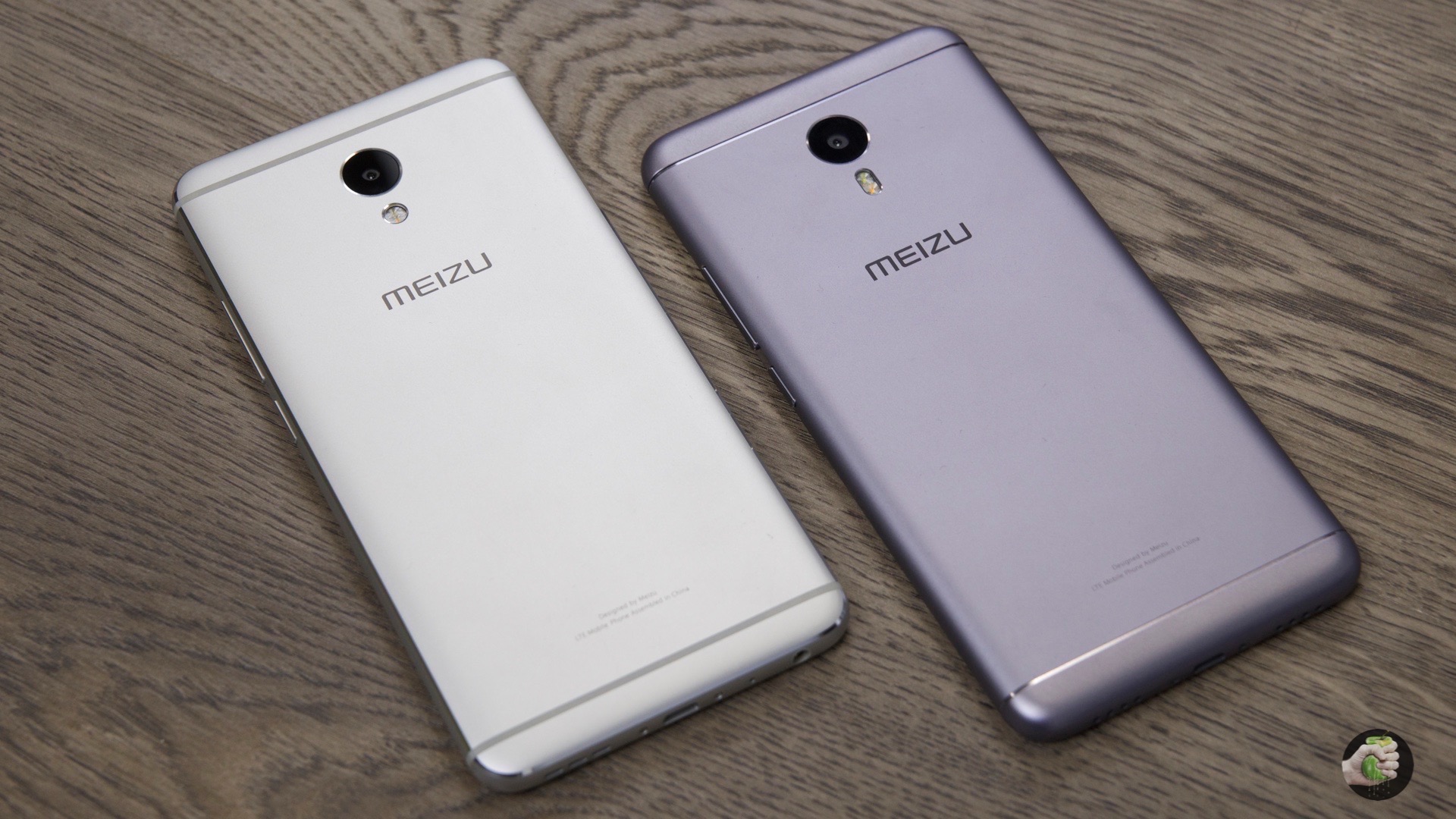
The battery, compared to the M3 Note, slightly lost in capacity, but the results are the same, I have enough charging for 2 days of work with more or less active use. If you do not let go of the phone, plunged into the Internet, it will be discharged in a day, games will run out of battery in 5 hours. An important point- appeared fast charging mCharge, the phone charges 50% in half an hour, and up to 100% in 1.5 hours. In comparison, the Meizu M3 Note fully charges in 2.5 hours.
Issue price
Meizu has not yet said how much the M5 Note will cost in Russia. In China, prices start from $ 130 for the younger version (3/32 GB) to $ 220 for the older version (4/64 GB).
Meizu M3 Note is on sale in Russia officially, it costs 16,990, if you look in the direction of official deliveries, "gray" options will cost much less, about 9,000 rubles.
Why is the M5 Note better?
- New design, smart phone looks more expensive
- There is a version with 4 GB random access memory
- Android 6.0 and Flyme 6
- Fast charging
Outcomes
The Meizu M3 Note has been and remains a very successful model in the Meizu series of smartphones, but what will happen to the M5 Note? I don’t know yet how much it will cost in Russia, a lot depends on the price. If you have an M3 Note, then there is no point in changing it to an M5 Note, unless you are bored with the design.
If it appears at the same prices as the M3 Note, success is assured. But Meizu is not the only one who has learned to do inexpensive smartphones with a good balance of price and quality. There are Xiaomi and Huawei - which also rely on online sales, thus keeping attractive price tags.
If you find a mistake, please send a slap on the head to the author! Highlight a piece of text and press Ctrl + Enter.
- Body materials: plastic, glass
- Operating system: Android 6, Flyme 5.x
- Networks: 2G, 3G, 4G (LTE) (two nanoSIM slots)
- Screen: IPS LCD, diagonal 5.2 ", resolution 1280x720 pixels (HD), ppi 282
- Platform: MediaTek MT6750
- Processor: eight-core, 64-bit, Cortex-A53 at a frequency of up to 1.5 GHz (two clusters of 4 cores)
- Graphics: Mali-T860 MP2
- RAM: 2/3 GB
- Storage memory: 16/32 GB
- Memory card slot: yes, microSD (instead of a second SIM card)
- Main camera: 13 megapixels, f / 2.2, phase detection autofocus, dual LED flash
- Front camera: 5 megapixels, f / 2.0
- Interfaces: Wi-Fi Dual-Band, Bluetooth 4.0 (A2DP, LE), microUSB connector (USB-OTG, USB-Host) for charging / synchronization, 3.5 mm jack for headset / headphones
- Navigation: GPS (support A-GPS), GLONASS
- Optional: fingerprint scanner, accelerometer, light sensor, proximity sensor
- Battery: 3070mAh
- Dimensions: 147.2 x 72.8 x 8 mm
- Weight: 138 grams
Contents of delivery
- Smartphone
- Network adapter by 2 A
- USB cable
- SIM-tray ejector
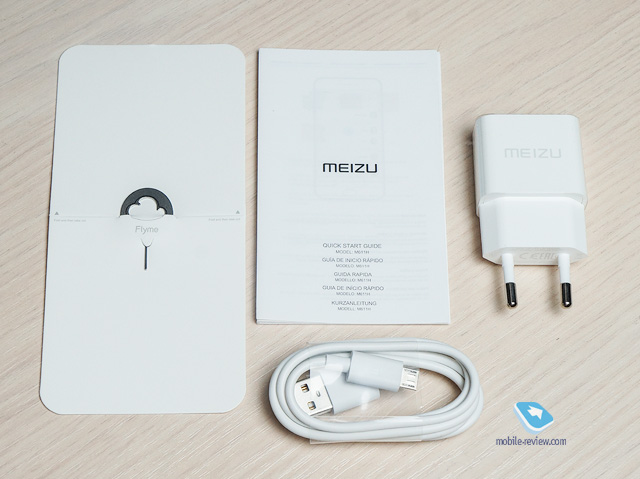
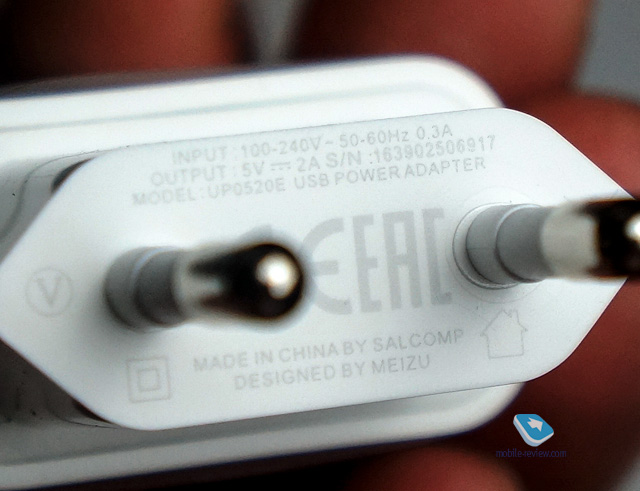
Introduction
The Chinese company Meizu was on a roll last year, which is why we've seen announcements and presentations more often than any other company. The exception, perhaps, is the beloved Xiaomi - we tried to confuse users as much as possible with approximately the same gadgets in different price categories. In spite of Xiaomi, it is worth mentioning the "hellish" names of smartphones (Mi 3 / 4s / c / i, Pro, Note, Redmi 2/3 / X / S / A, and so on), in this regard, Meizu can still have at least some to figure it out.
Today we will talk about Meizu M5 - this is an analogue of M3s mini (in Russia it is called that way) with minimal changes (a little bigger screen, slightly more capacious battery, plastic case). The prices for the devices are as follows: M5 costs 11,000 rubles and 13,000 rubles, and M3s mini - 12,000 rubles and 14,000 rubles.
The novelty is interesting in that it is one of the available Meizu gadgets in official retail. The parameters are not bad: there is an 8-core chipset, a camera with phase detection autofocus, a fingerprint scanner, dual-band Wi-Fi. I think the most remarkable thing is the variety of colors. The Meizu M5 smartphone is available in gold, blue, white, black and turquoise colors. At the moment, you can only buy gold, black and blue.
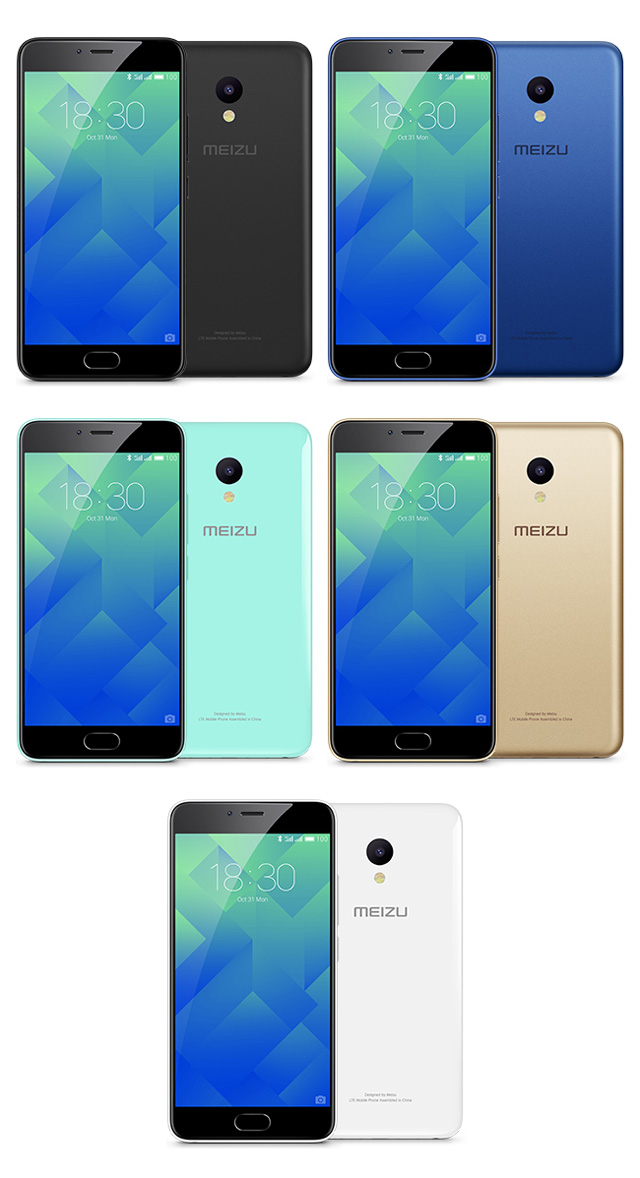
Design, dimensions, controls
The Meizu M5 smartphone is almost no different from other devices of the company. On the one hand, it is bad, since people are indignant and want variety, on the other, in a crowd, for example, in the subway, it is already easy to understand that a person is using Meizu (rounded body shapes, 2.5D glass, a characteristic large black eye of the main cameras, a mechanical Home button with a touch zone and a fingerprint scanner).
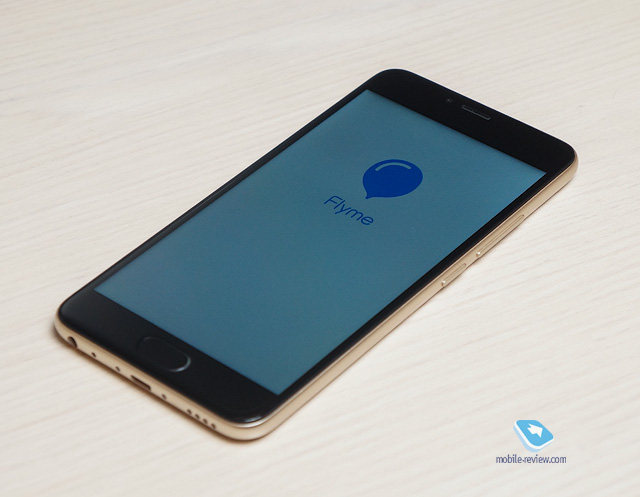
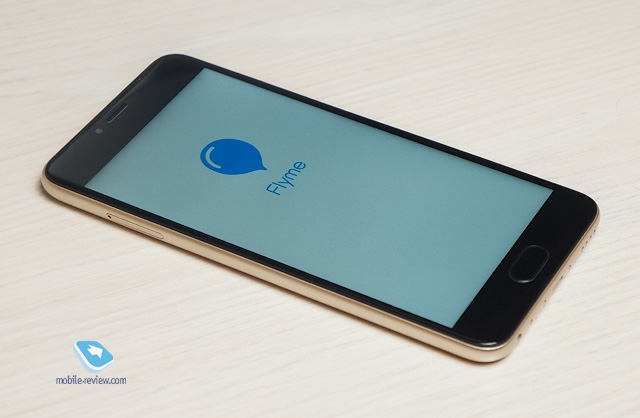
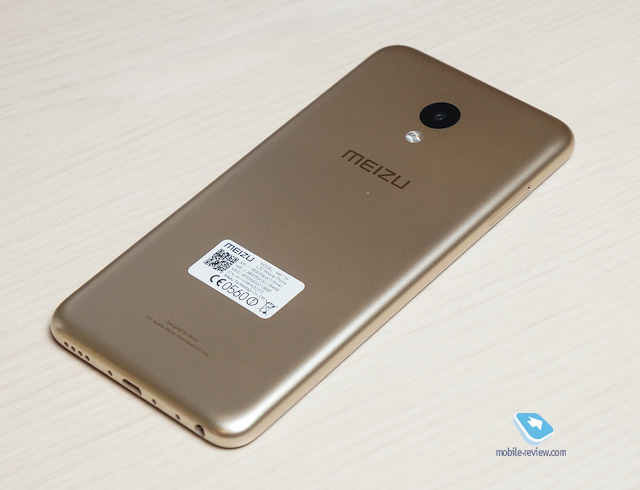
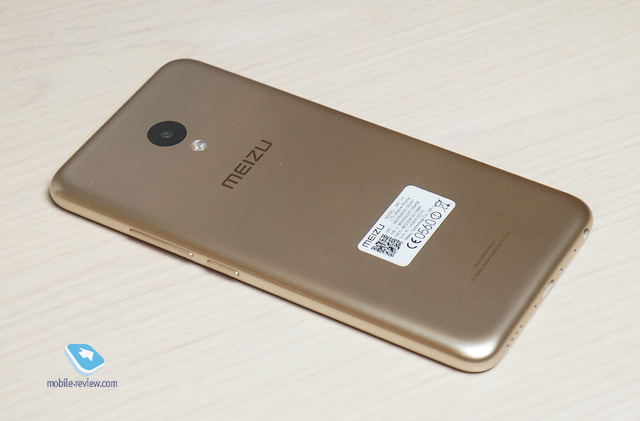
The other day after the presentation, I walked around Red Square, took pictures with Pro 6 Plus, tested different modes camera work. Two girls walked by, they asked me to take a couple of shots on their smartphones. Interestingly, one of the girls asked me about the Meizu phone that I was holding in my hands. When asked how she realized that it was Meizu, the young lady pointed out the characteristic features of the appearance of the company's gadgets described by me. Oh how! If you deviate a little more from the essence of the question: the ladies had an old Xperia Z, they shot horribly, so I photographed them on the "firmware" and sent the frames via Bluetooth.
Back to M5. The front panel is made of protected glass, the shape along the edges is 2.5D. There is a high-quality oleophobic coating, the finger glides easily, if the prints remain, they are erased without problems. There have been no deep scratches on the screen for several weeks.
Back cover plastic. As far as I understand, the options in gold, blue and black are matte, well, or semi-matte, but in white and turquoise they are glossy. I think it is definitely worth considering either black or blue with turquoise, since the rest are quite commonplace.
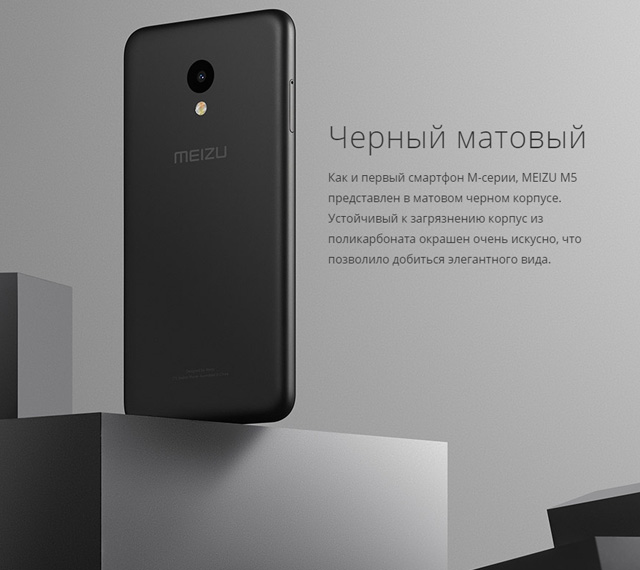
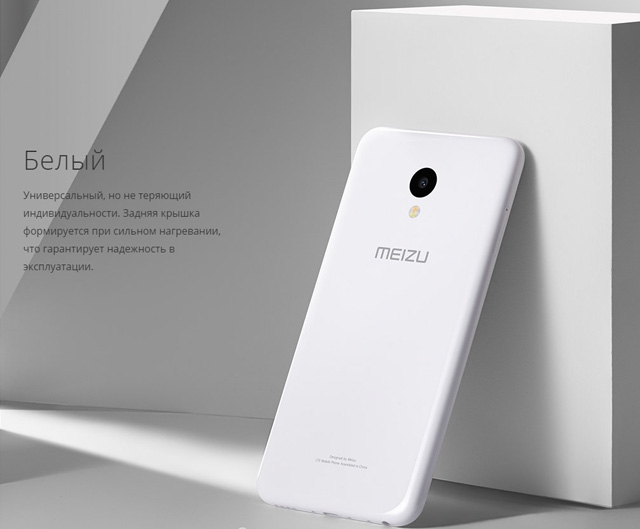
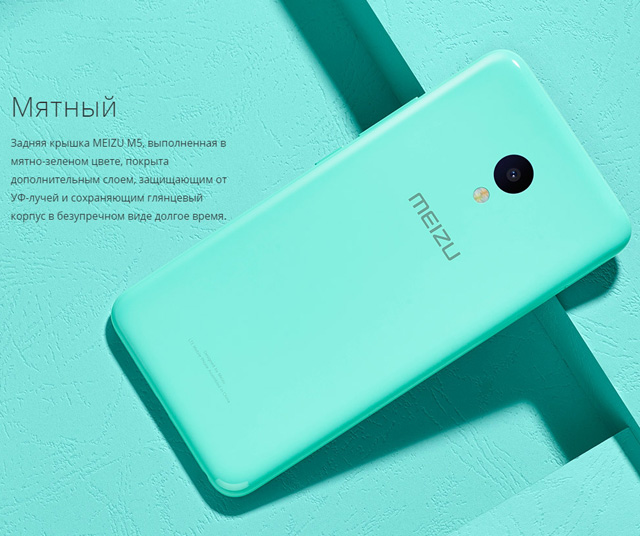
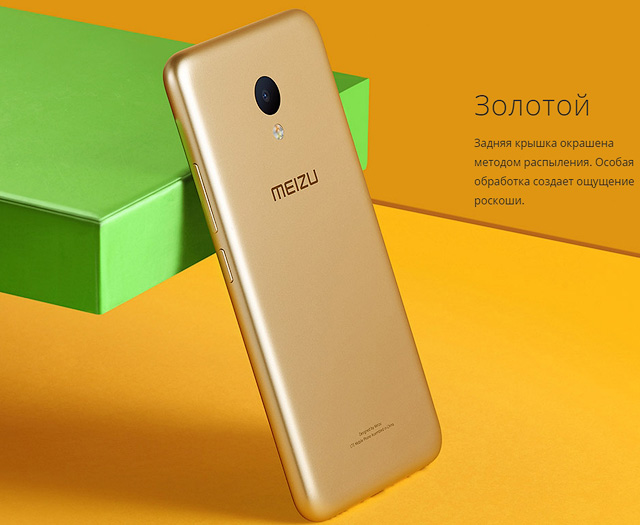
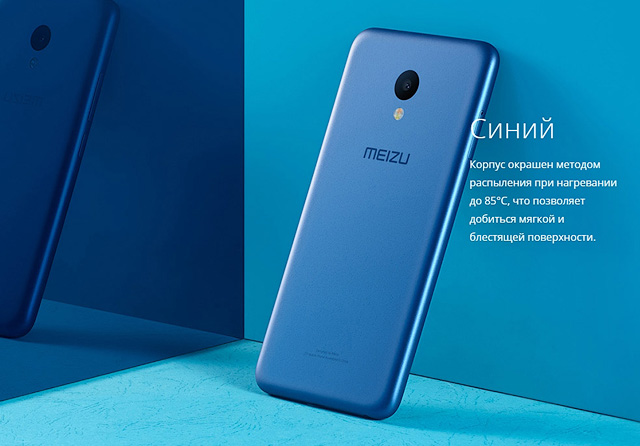
We have a gadget in gold on our review. The lid is semi-matt, relatively slippery. During the test, small scratches appeared on it. It seems to me that over time, the plastic will wear out. I have long time was Note 2 in blue (glossy). For several months, the lid was covered with scratches, but due to the glossy finish, this was not noticeable.
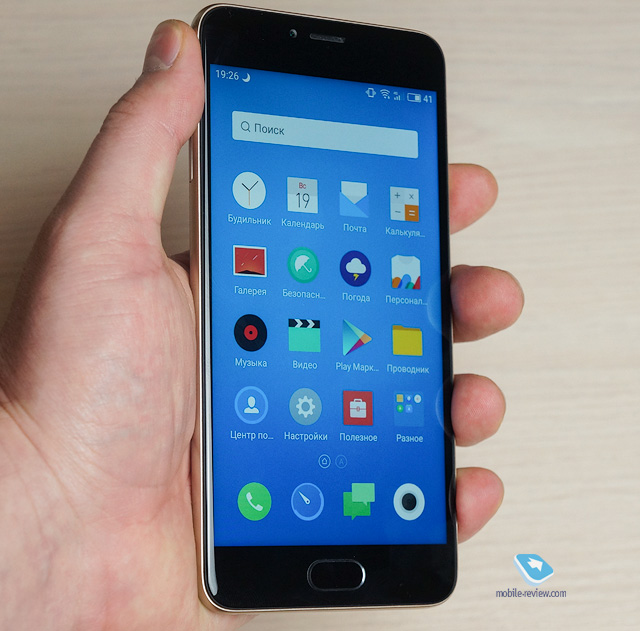
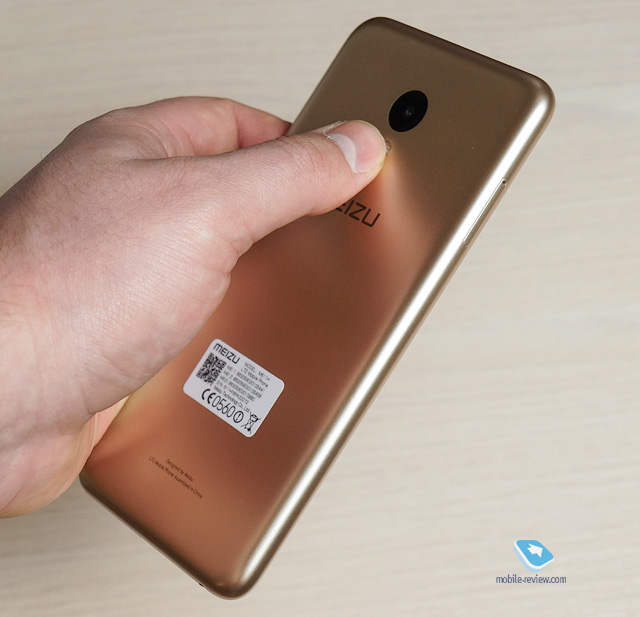
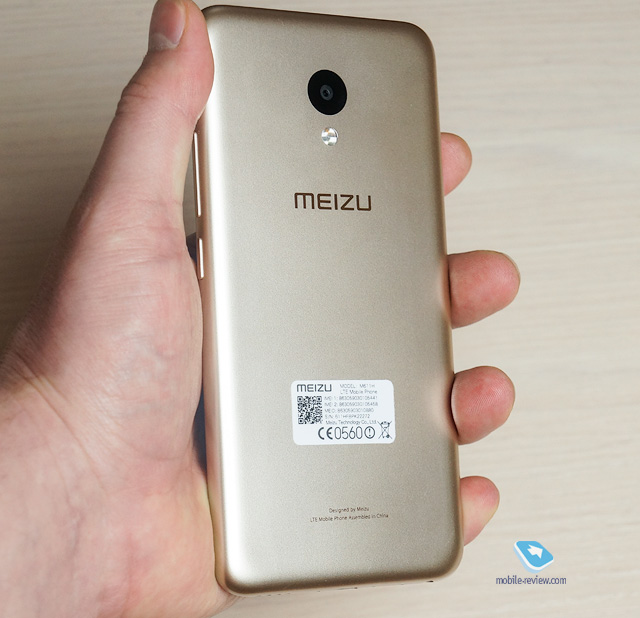
As for the dimensions, they are relatively standard - 147.2x72x8 mm. For me, as it turned out, the main thing is the width. For example, in Pro 6 Plus it is 77 mm, so using the gadget on public transport or on the go is not very convenient, you have to intercept your smartphone. Meizu M5 weighs 138 grams.
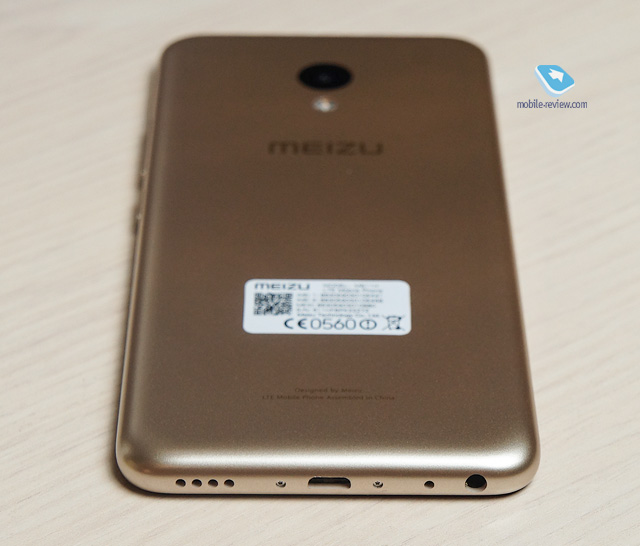

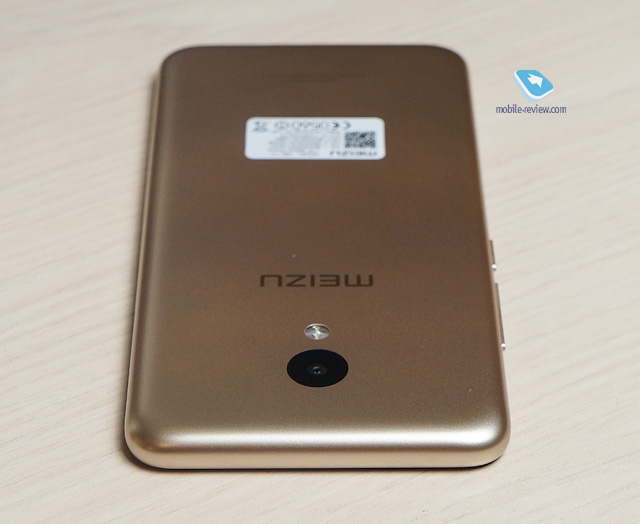
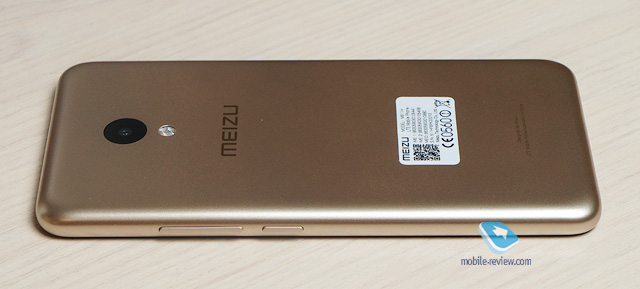
On the front panel on top: an indicator of missed events (bright, visible from any angle of the smartphone), light and proximity sensors (functioning stably) and a speech speaker. The speaker is very loud, there are bass notes, there are also mids with high frequencies. It is very pleasant to listen to the interlocutor, the speaker is really high quality, for a long time I have not met such even in more expensive gadgets.
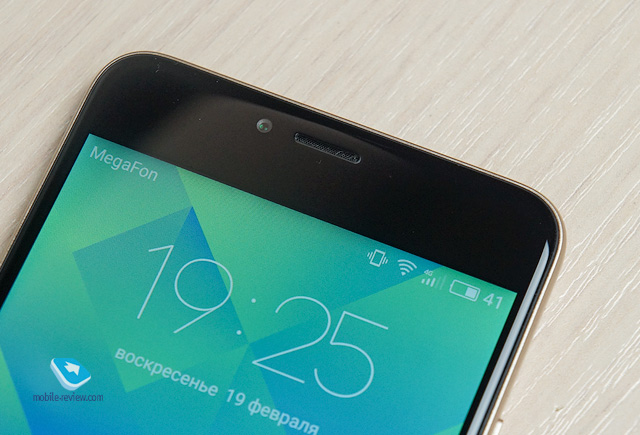
Under the display is the familiar mechanical button with a capacitive touch zone and an mTouch 2.1 fingerprint sensor (there is a heart rate sensor). Pressing is average, the stroke is minimal, there is a "click" sound (higher than on the Pro 6 Plus).
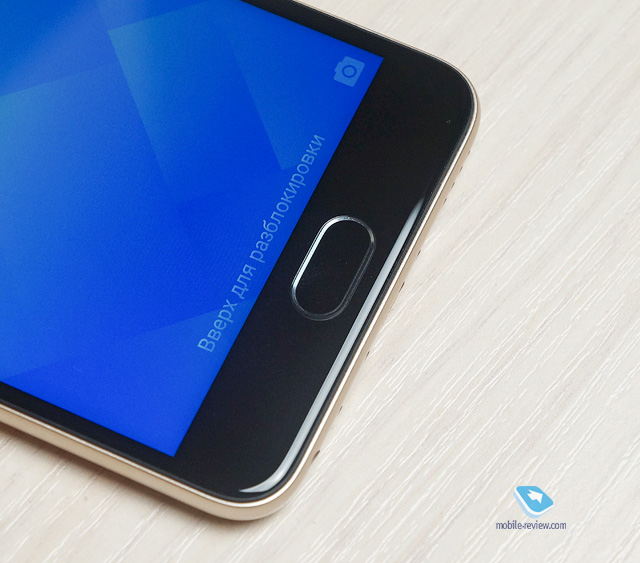
On the bottom - 3.5 mm, microphone, microUSB and speakerphone; there are no elements on the top. On the left is a metal slot nanoSIM + nanoSIM or microSD + nanoSIM. On the right is a plastic power button and a volume rocker. Nice to use.
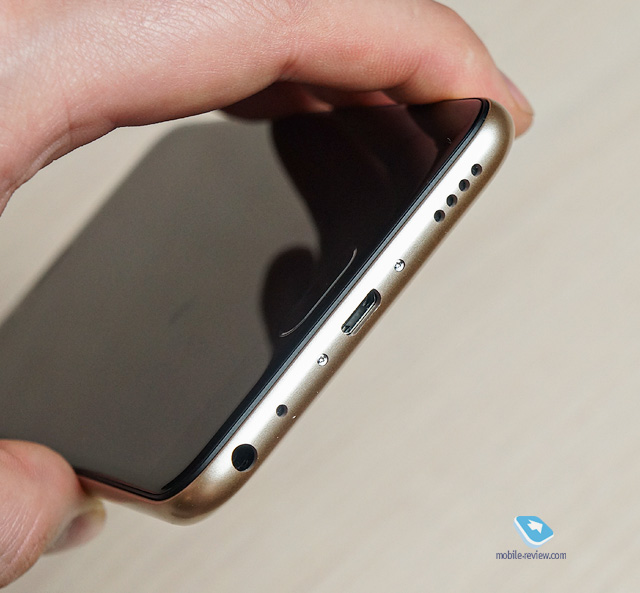
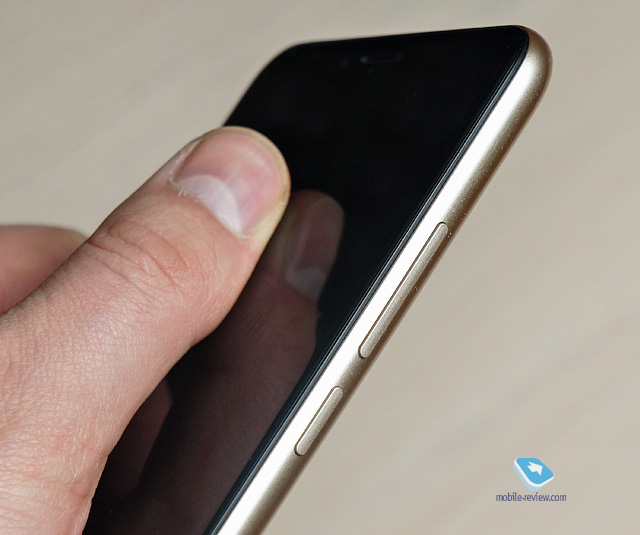

On the reverse side there are: a large camera eye, mounted flush with the body, a round two-color flash.
Comparative dimensions:
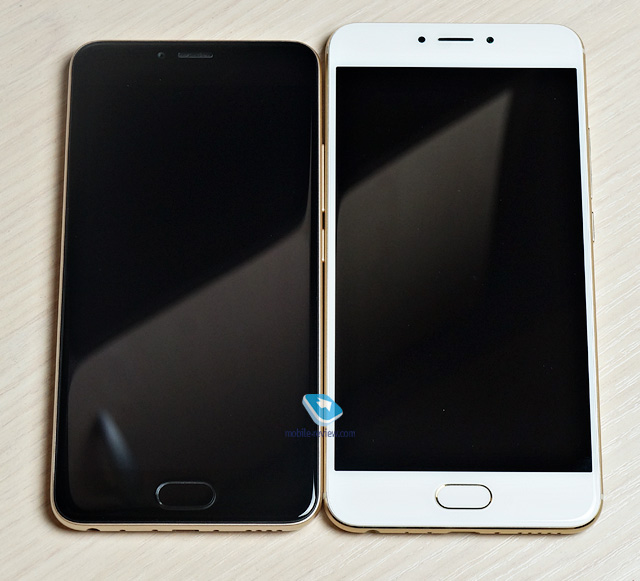
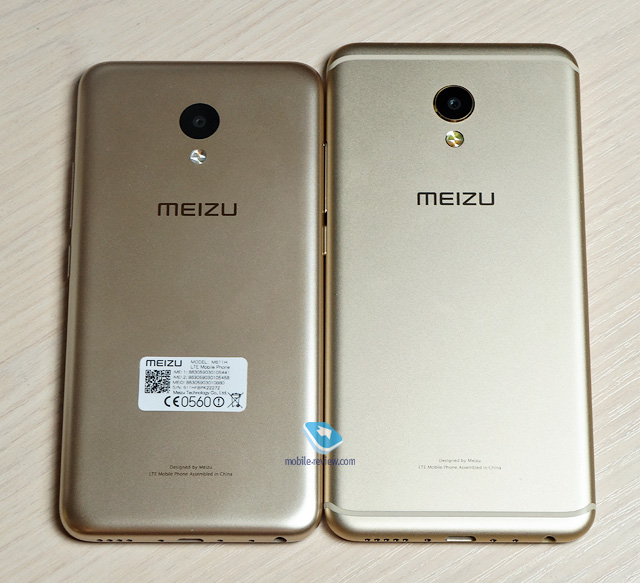
Meizu M5 and Meizu MX6

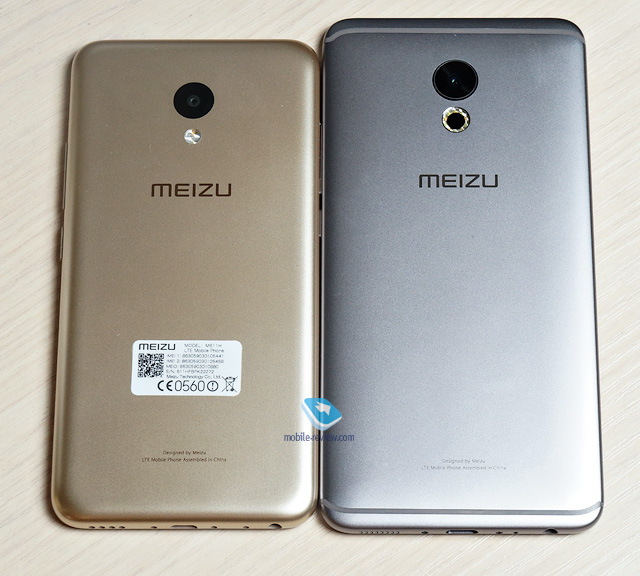
Meizu M5 and Meizu Pro 6 Plus
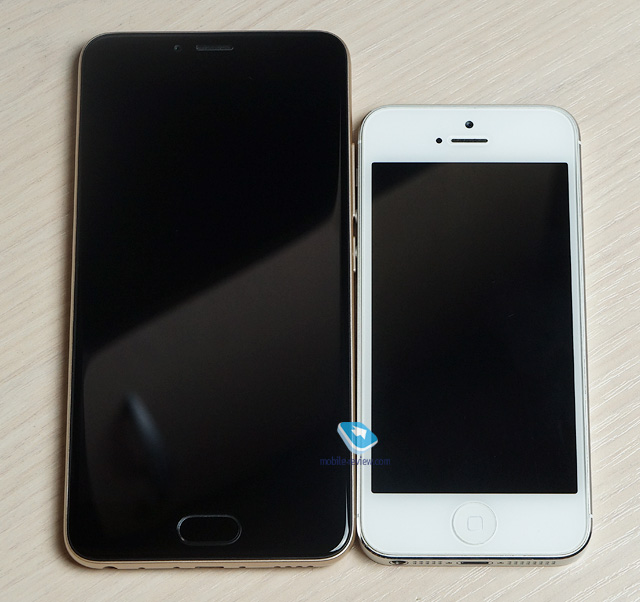
Meizu M5 and Apple iPhone 5
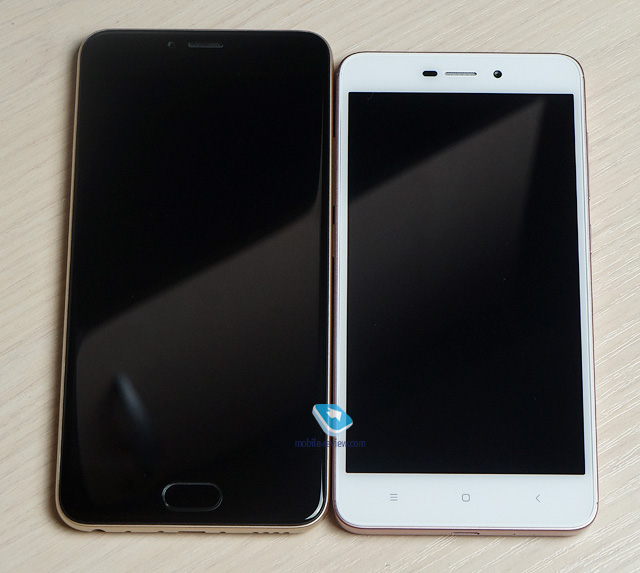

Display
The Meizu M5 uses a 5.2-inch screen. Let me remind you that in M1 / M2 Note the diagonal is 5.5 ", in MX4 - 5.36", and in MX4 Pro - 5.5 ", in Pro 5 - 5.7", in Pro 6 - 5.2 ", in M3S mini - 5". Physical screen size M5 - 65x115 mm, top frame - 16 mm, bottom - 15.5 mm, right and left - a little less than 4 mm. There is an anti-reflective coating.
The display resolution of the Meizu M5 is HD, that is, 720x1280 pixels, the density is 282 pixels per inch. The matrix is made using IPS technology without an air gap.
The maximum brightness of white is 468 cd / m2 (official data is 380), black is 0.42 cd / m2. Contrast - 1100: 1 (officially - 1000: 1).
The white line is the goal we are trying to achieve. The yellow line is the actual screen data. You can see that we are above the target curve at values between 0 and 100%, which means that at each value the image is overexposed. The yellow line is actually the average amount of red, green, and blue.

Average gamma value 2.

Judging by the level chart, blue is in abundance and red is in short supply.

At minimum brightness, the temperature is closer to 8500 K, on average - 8000 K.
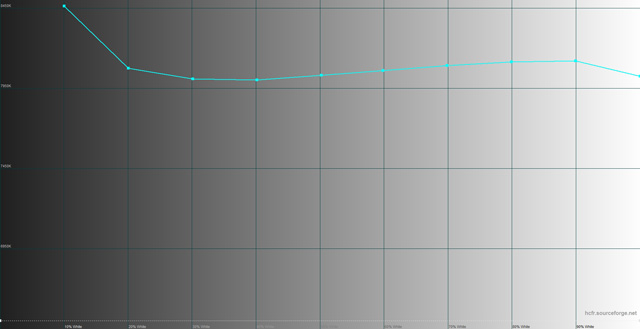
Based on the diagram, the data obtained exceeds the sRGB triangle, especially in the light green area.
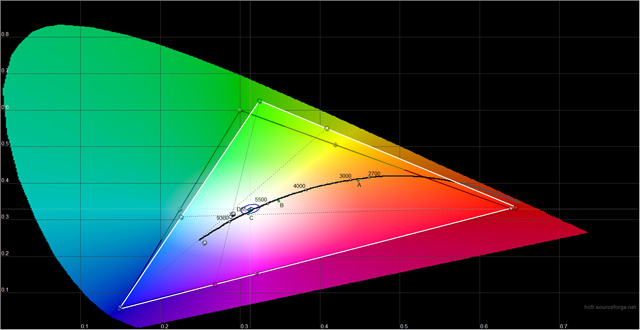
Many gray points are located outside the DeltaE = 10 radius, which indicates that other shades will be present in the grays.
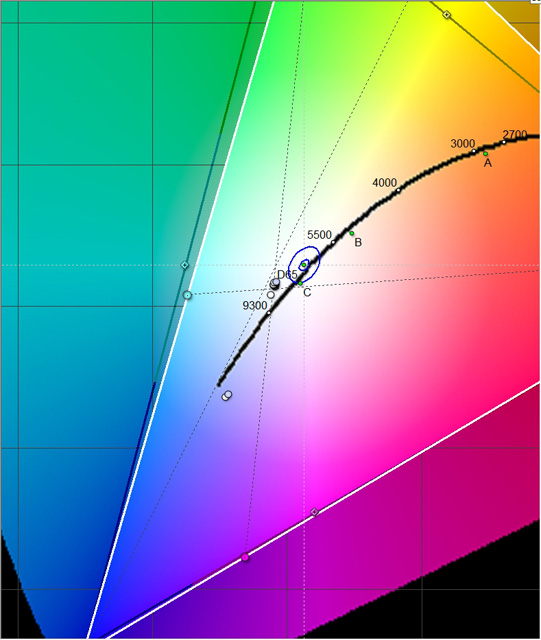
The viewing angles are maximum, the picture is almost not distorted, at least visually.
If we compare the screen of the M5 and M3s mini, then the latter has more accurate colors, but the viewing angles are distorted.
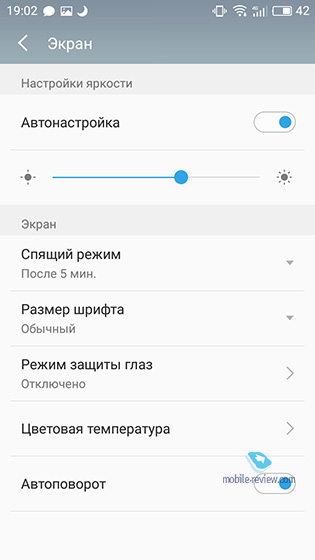


Behavior in the light



Viewing angles
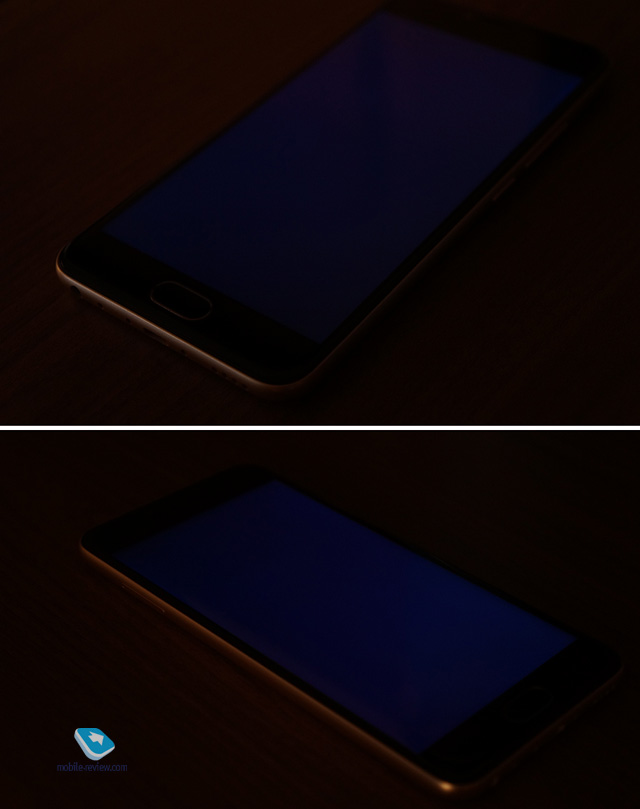
Battery
This model uses a 3070 mAh non-removable battery. Official data:
- Photo - 5 hours
- Games - 9 hours
- Conversations - 37 hours
- Music - 66 hours
When working with the device, the batteries were enough for about 13-14 hours. In a more gentle mode, the gadget works up to 24 hours.
In mode of watching a movie (HD), the battery runs out after about 7 hours and 20 minutes, in game mode, the battery lasts for about 3 hours 30 minutes, in sound playback mode at maximum volume - up to 50 hours. All measurements were taken at maximum brightness.
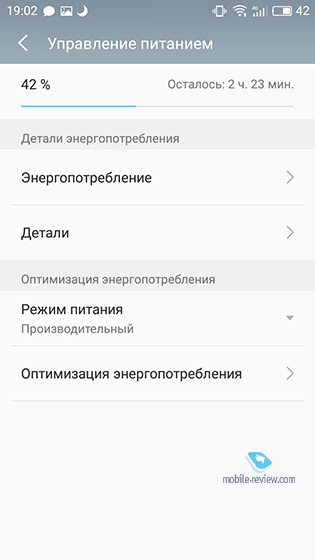
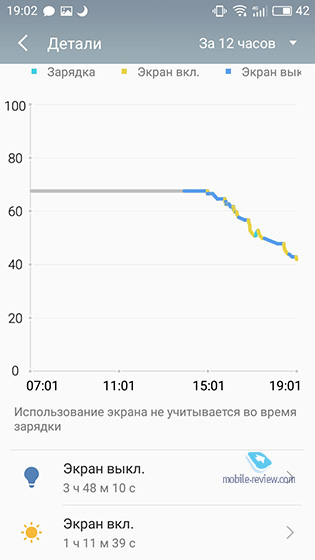

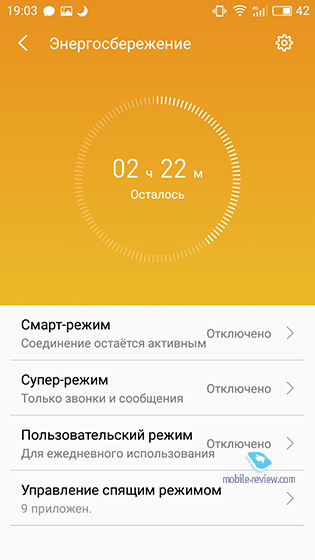
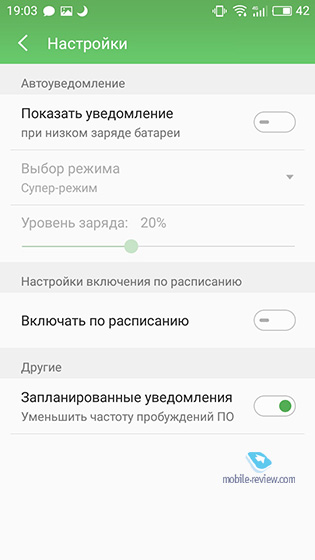
Unlike the top models, the M5, like the M3S mini, has no fast charging... Power adapter - 5 V and 2 A.
Communication capabilities
The device is equipped with two nanoSIM slots. Both connectors support 3G / 4G (LTE CAT 6) networks in Russian frequencies: FDD-LTE / TD-LTE / TD-SCDMA / WCDMA / GSM.
Network types:
- 4G FDD-LTE (B1, B3, B5, B7, B20) - 2100 MHz, 1800 MHz, 850 MHz, 2600 MHz, 800 MHz
- 4G TD-LTE (B38, B40)
- 3G WCDMA (B1, B2, B5, B8)
- 3G TD-SCDMA
- 2G GSM (B2, B3, B5, B8)
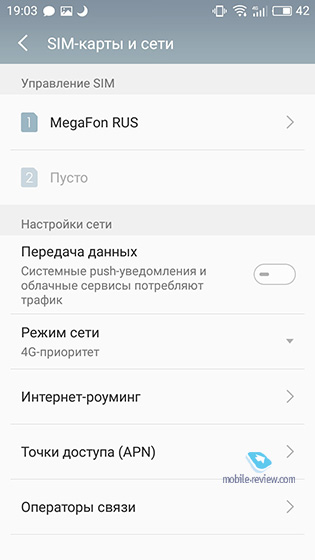
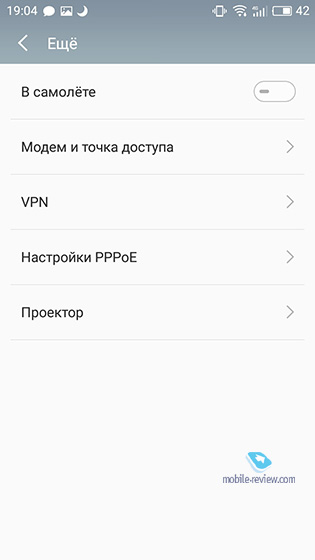
The rest is standard: Wi-Fi b / g / n dual-band Wi-Fi (2.4GHz / 5GHz), Bluetooth 4.0, microUSB connector (USB 2.0 with OTG support) for charging / synchronization. GPS navigation/ GLONASS works without problems.
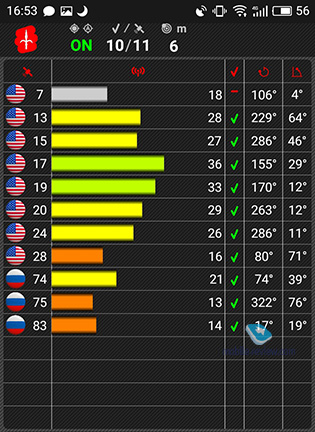
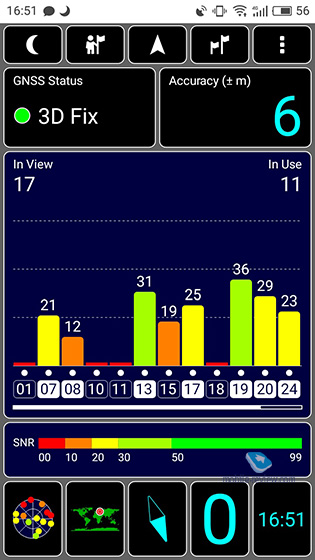
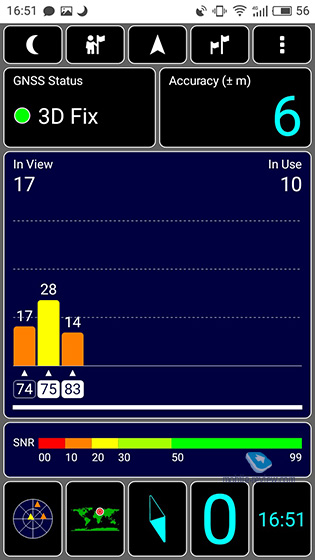
Memory and memory card
The smartphone will be available in two versions:
- 2 GB of RAM (LPDDR3) and 16 GB of internal
- 3 GB of RAM (LPDDR3) and 32 GB of internal
Reading speed internal memory(16 GB LPDDR3) - 52.8 MB / s, recording - 9.5 MB / s.
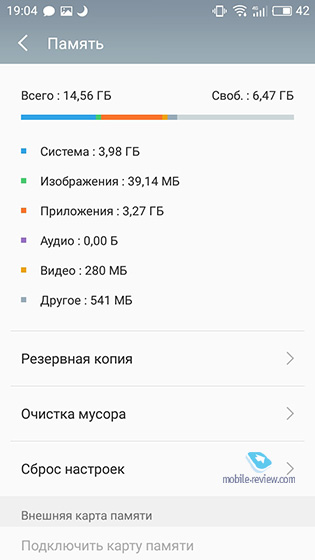
There is support microSD cards up to 128 GB.
Cameras
The main module is 13 MP with phase focusing (5 lenses, aperture f2.2), and the front one is 5 MP (4 lenses, aperture f2.0). There is a dual LED flash with warm and cold glow.
The picture quality in the daytime completely satisfies me: accurate white balance, good dynamic range, relatively sharp picture. Focusing speed is fast thanks to phase detection autofocus. The accuracy is also excellent.
When it comes to shooting at twilight or simply in low light conditions, the camera shows an extremely poor result: a lot of noise, the image becomes blurry. However, almost all modules in price category devices up to 15,000 rubles.
The front module is not too wide-angle. Photos are normal, relatively sharp.
Normal video - FullHD at 30 fps during the day and 20 fps at night. The picture is not bad, the focus is slow. The sound is loud, clear, the intelligibility is excellent, the sensitivity is good. The selfie camera writes FullHD - it is quite suitable for vlogs.
The usual manual settings for ISO, shutter speed, focus, exposure remained.
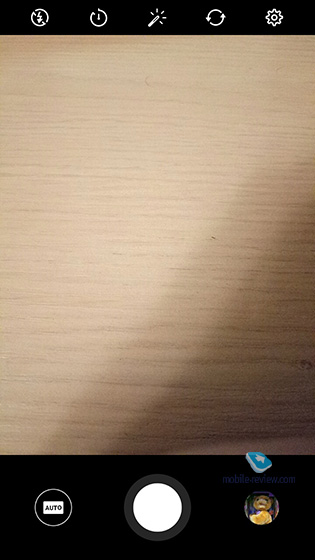
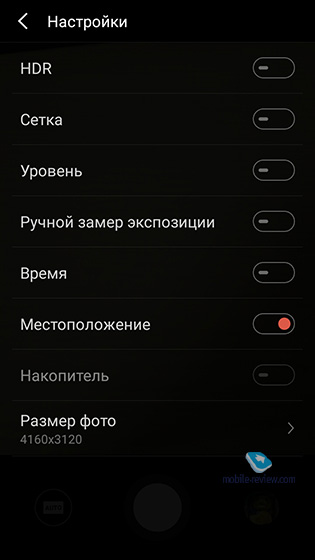
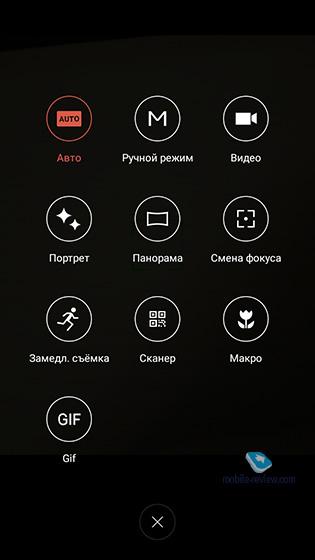
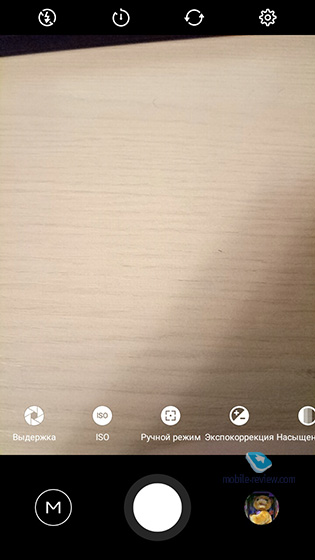
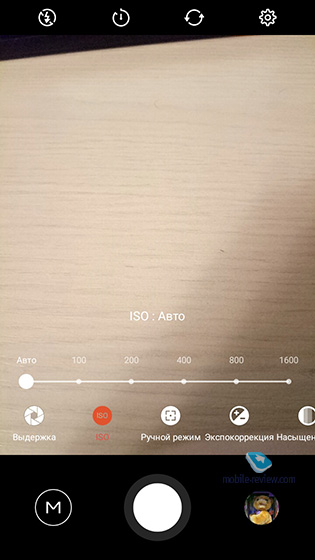
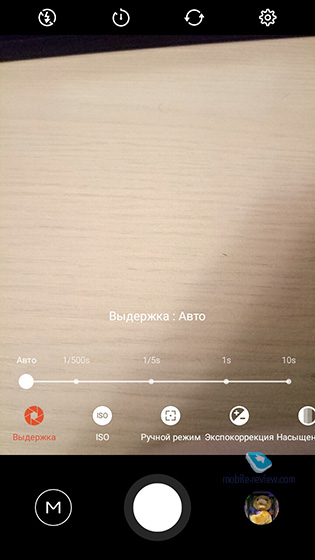
Sample photos Under CPU load, the case heats up slightly.
The smartphone is very fast, no microlags or system slowdowns. Meizu has perfected the Flyme shell quite well, although there are not so many functions in it.
With toys, everything is fine, I did not notice lags (at maximum settings).
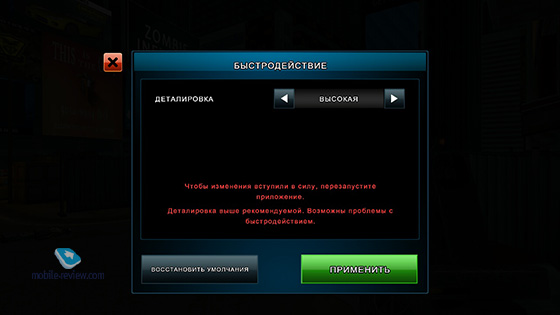
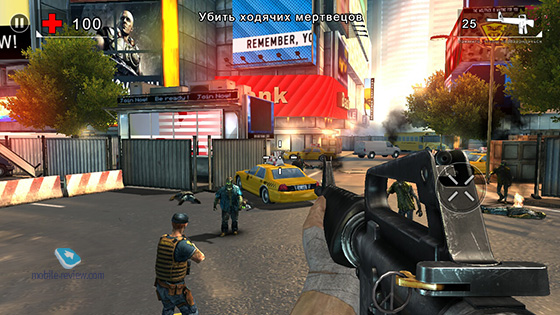
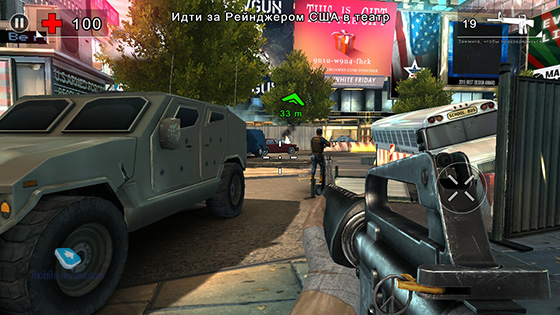
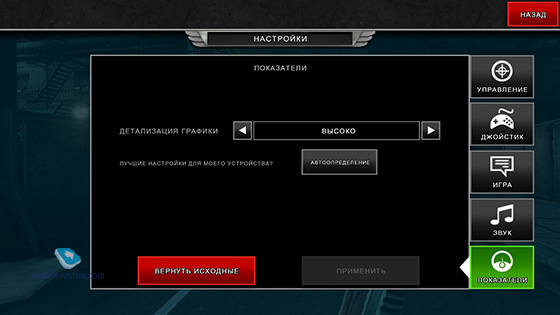

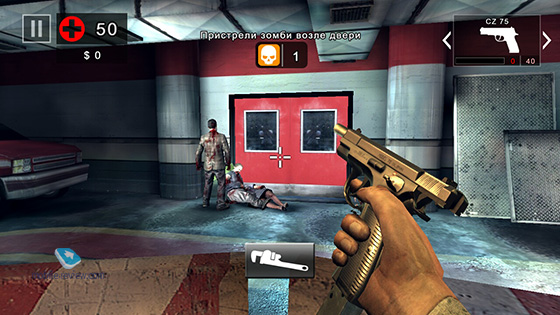
The Antutu test scores a good number of points for a device for 12,000 rubles - 40,000 points.
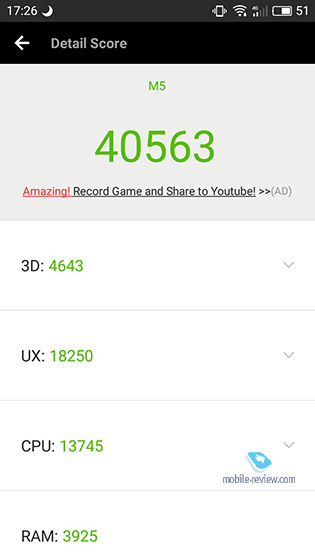
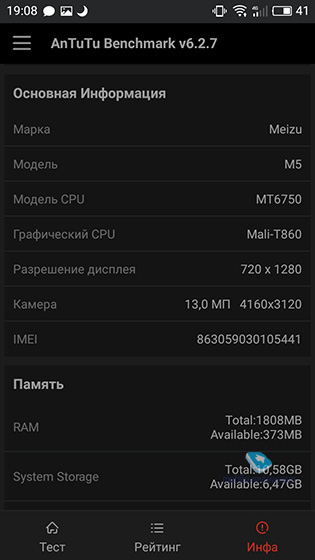
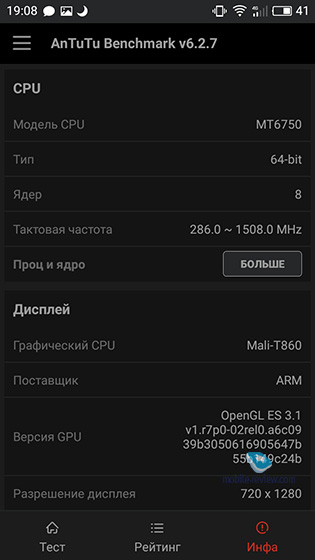

The device works in the operating room Google system Android version 6.0. Flyme version- 5.2.10.0G.
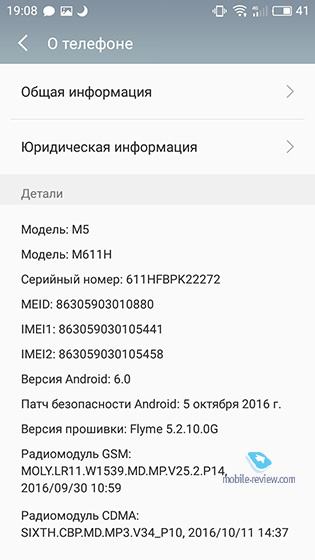

Multimedia
Music player standard for Meizu, there is an equalizer.
I really liked the sound quality in the headphones: clean and elastic bass, excellent development of mid frequencies, highs do not squeak. The volume is very high.

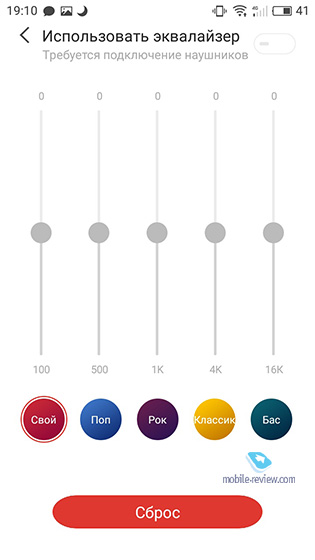
The speaker also has a high volume. However, the player and standard melodies exhibit mid and high frequencies.
The video player supports all possible formats of audio and video codecs, it has a choice of subtitles and audio tracks.
There is no radio in this model.
Р'РёРґР¶РµС ‚РѕС‚ SocialMart
Conclusion
The Meizu M5 smartphone left a good impression after testing. The device is compact enough, easy to use, fits well in the hand, fast for everyday tasks, takes pictures and records video quite well, many different body colors. There are probably no drawbacks for such a cost. However, the price would be slightly lower, around 10,000 rubles, like the closest competitor Xiaomi Redmi 4A.
If you suddenly choose between M5 and M3s mini, then if I were you, I would buy the latter, since it is made of metal and looks more solid. The M5 has more fun colors, however. Of the little things: the M5 has a slightly better matrix, but the M3s mini wifi ac standard and Bluetooth version 4.1.
If you take an M5 or M3s mini, then don't skimp on memory - 3/32 will be just right, at least you won't have to buy a memory card for some time, and RAM is quite enough for most tasks.
Let me remind you the prices again:
- 2/16 GB - 11,000 rubles
- 3/32 GB - 13,000 rubles
The Chinese company Meizu has not weakly expanded its line of budget and mid-budget smartphones Blue Charm M when it released another representative Meizu smartphone M5. The device received a 5.2-inch display and became a captive competitor for another phone from the company Meizu M3 Note. In this comparison, let's take a closer look specifications, dimensions, design and capabilities of smartphones.
Comparison of technical characteristics
| Model | Meizu M3 Note | Meizu M5 |
| Display | 5.5 inches, Full HD | 5.2 inch HD |
| Permission | 1920 × 1080 pixels, 401 ppi | 1280 × 720 pixels, 282 ppi |
| CPU | MediaTek Helio P10 | MediaTek MT6750 |
| Frequency | 1.8 GHz | 1.5 GHz |
| Flash memory | 16/32 GB | 16/32 GB |
| RAM | 2/3 GB | 2/3 GB |
| Camera | 13 MP f / 2.2, 5 lenses, PDAF | 13 MP f / 2.2, PDAF |
| Dimensions (edit) | 153.6 × 75.5 × 8.2mm | 147.2 × 72.8 × 8mm |
| The weight | 149 gram | 138 gram |
| Battery | 4100 mAh | 3070 mAh |
| OS | Android 5.1 + Flyme OS | YunOS + Flyme OS |
| Price in China | 125/154 dollar | 102/132 dollars |
Design, body dimensions, colors and weight
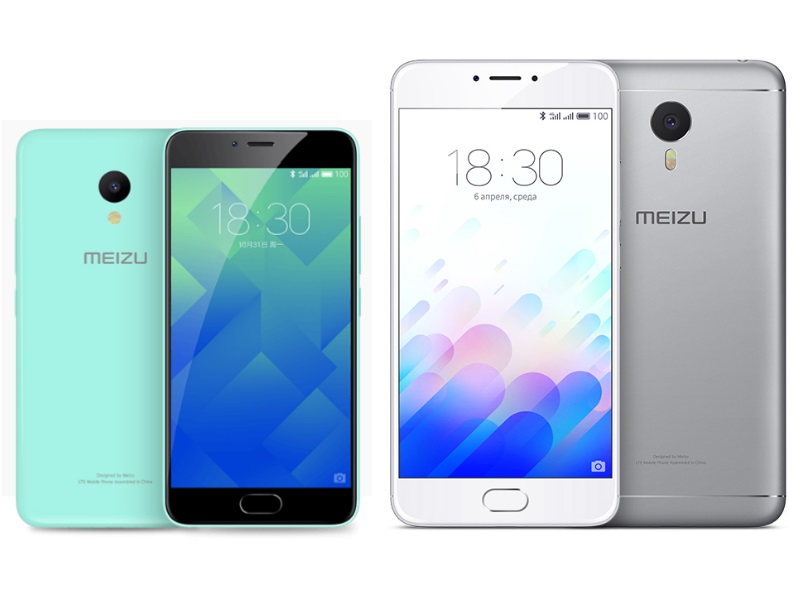
Smartphones are very similar in appearance, but radically different in design. First, Meizu M3 Note received a more premium metal case than the plastic (polycarbonate) case of the M5. Secondly, the M3 Note is larger in all dimensions than the Meizu M5: it is 5.6 mm higher, 2.7 mm wider, 0.2 mm thicker, and also 11 grams heavier than the competitor.
Smartphones are also offered in various body colors. The metallic Meizu M3 Note has 3 options to choose from: gold, silver and gray. And the M5 offers the user as many as 5 color options: gold, white, black, green and blue.
Displays: diagonal, ppi and more
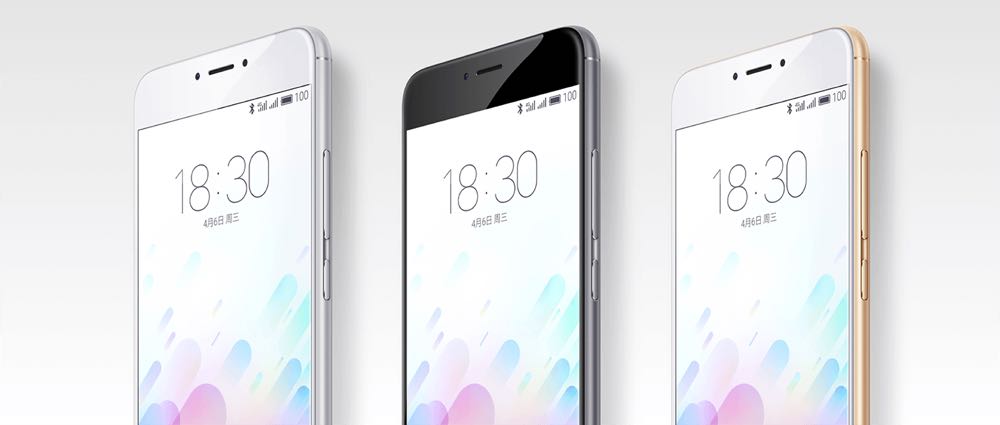
The diagonals of the displays of Meizu M3 Note and Meizu M5 are approximately at the same level: 5.5 ″ versus 5.2 ″, respectively, but the resolution and density of dots per square inch are different. The M3 Note has a Full HD display with a resolution of 1920 × 1080 pixels (401 ppi), while the M5 has a regular HD display with a resolution of 1280 × 720 pixels (282 ppi). The screen of the Meizu M3 Note clearly outperforms the M5.
Processor, RAM, memory and power
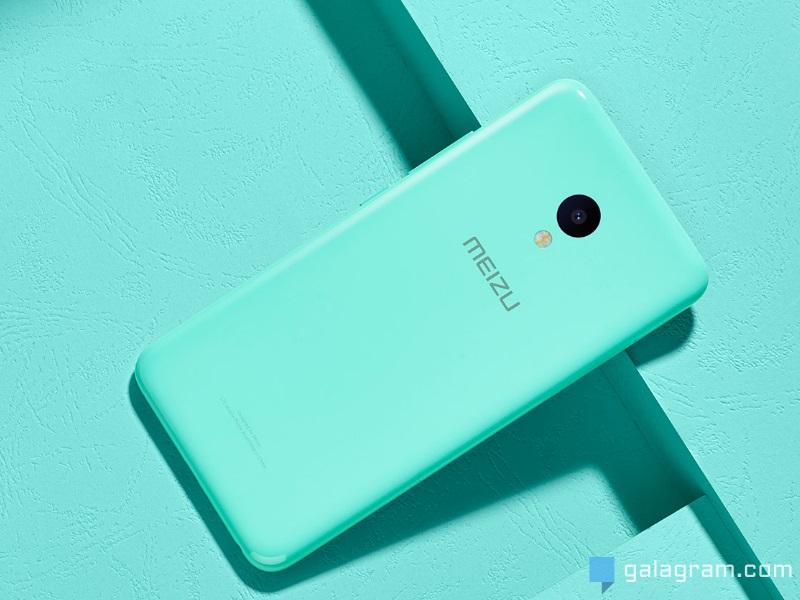
Since the Meizu M3 Note is considered a mid-range and the smartphone was released a long time ago, it still works on the basis of the Helio P10 chipset with clock frequency 1.8 GHz and with 2/16 or 3/32 GB of memory to choose from. Meizu M5 belongs to budget devices and carries an MT5670 processor with maximum frequency 1.5 GHz and 2/16 GB or 3/32 GB memory sets like the competitor.
In terms of performance, the M5 is inferior to the M3 Note, but not very much. The user will not notice the brakes of the interface or third party applications on both devices. What is noticeable is the firmware. Both devices are powered by the proprietary Flyme OS, the difference is that the Meizu M3 Note firmware Flyme is based on Android base 5.1 Lollipop, while the M5 is based on the Chinese operating system YunOS is intended for the Chinese domestic market.
Where the M5 can actually perform better is in the autonomy test. The smartphone has a chance to last longer than the Meizu M3 Note, as the M5 is equipped with a 3070 mAh battery (versus 4100 mAh). But the Meizu M5 smaller diagonal and resolution, and this will significantly add the operating time of the "screen / clock" to autonomy.
Cameras, scanners and batteries
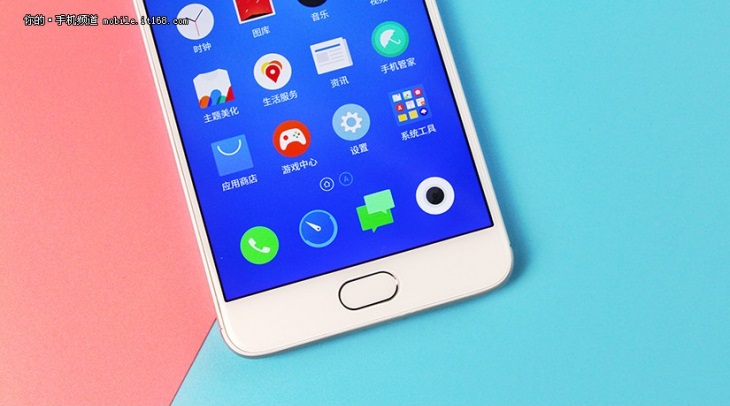
The phones use the same camera technology and fingerprint scanner technology. Both the Meizu M5 and M3 Note are equipped with 13 megapixel camera sensors with f / 2.2 and PDAF phase detection autofocus. As a front sensor, both there and there - 5 megapixels. The scanners are the same too: mTouch 2.1 built into the key under the display in both versions.
Price comparison
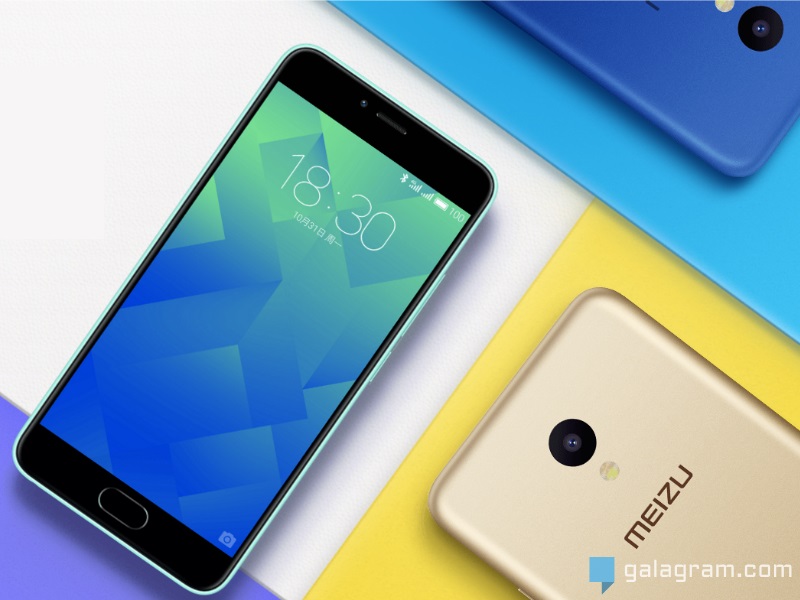
The last significant difference between the Meizu M3 Note and the Meizu M5 lies in the prices of the smartphone. For maximum accuracy, we will compare Chinese prices for devices. And so, in the Middle Kingdom, the M3 Note can be purchased for $ 125/154 (2/3 GB modifications), and the M5 can be bought at a starting price of $ 102/132 for the same version with 2/3 GB of RAM. As you can see, there is a difference, but not significant, for the cost of the older M5 model, you can purchase the younger M3 Note and this, perhaps, will be the most successful choice.
Of the unusual details, we note the glass curved along the edges on the front panel (even if the corners always glare, but in trend) and a fingerprint scanner built into a mechanical button under the display. Funnily enough, it pushes in with almost the same click as the iPhone 7. The screen is fully laminated for a nice touch. The back panel looks quite typical - rounded edges and the Meizu inscription. But at least the lens does not stick out from the body, and thanks for that.
It is a bit unusual to use plastic in conditions of general "metallization" and "glazing". True, despite such a simple material, the case is still non-separable, which is a pity. This could be a plus against the background of phones with permanent batteries and combined slots. Despite the dullness, the plastic case quickly collects fingerprints and gets dirty.
Dimensions Meizu M5 - 147.3 × 72.8 × 8.3 mm, weight - 138 grams. So, it is larger, but more compact, but much lighter than both. Moreover, the phone is so light that it is comparable in this parameter to a 4.7-inch one.
The Meizu M5 can be bought in five colors: mint green, white, gold, blue and matte black.
Screen - 3.9
The display of Meizu M5 turned out to be of high quality, but not very clear.
One of the changes compared to its direct predecessor, Meizu M3, is a slightly increased screen diagonal, now it's 5.2 inches. In terms of other parameters, the screen is about the same - IPS-matrix, glass curved at the edges and HD-resolution (1280 × 720 pixels, 282 pixels per inch). The display can hardly be called clear - individual pixels are often visible. Still, HD-resolution is optimal for screens of 5 inches, but no more. The measured brightness range was quite wide, from 18 to 440 nits. Interestingly, this turned out to be even higher than the 380 nits promised by the manufacturer. At night, the display is a little blind to the eyes, but in the sun it remains readable, albeit with minor complications. The color gamut is wide, 98% of sRGB. The contrast ratio is 1000: 1, which coincides with the numbers stated in Meizu. Even the viewing angles did not disappoint - the image looks adequate even with a large tilt.
The only thing we didn't like was the too high color temperature. The picture gives off a blue tint (apparently, the color of the case). And so much so that even with the maximum temperature drop in the settings, the image still remains bluish, and does not go into yellowish tones, as it should be. In addition, the display does not have a gloved mode, which is a pity. In the cold, the screen matrix begins to "freeze" and react to fingers with a slight delay.
Cameras - 2.9
The Meizu M5 smartphone is equipped with mid-range cameras at 13 and 5 MP. For their resolution, they can be called typical, although it would be naive to expect miracles for such money.
The main 13 MP camera can be praised for good phase focusing - it works quickly and accurately, although sometimes it is not without sin indoors. The aperture is not the widest at f / 2.2. The camera has a standard set of modes such as manual, HDR, panorama shooting, and so on. " Manual mode"Is quite typical, you can only highlight the ability to shoot with a fairly long exposure, up to 10 seconds.
If we talk about the quality of the photo, then it can be called good only with perfect lighting on the street. In the evening or just indoors, the camera starts to slow down, shoot for a long time, make mistakes with focusing and noticeably “make noise”. Shooting in motion is clearly not her strong point. In general, the level of detail in the photo is average, the color rendition is a little lame - many colors look pale or just not what they should be. So, pink can inadvertently become beige, purple - blue, and blue - oversaturated with blue, and so on. The dynamic range is rather narrow. In this case, it will come to the rescue HDR mode, but with it the camera shoots even longer.
The front camera of the Meizu M5 received a resolution of 5 MP and an aperture of f / 2.2. She shoots pretty mediocre. Photos are obtained with "noise", and because of the narrow dynamic range detail is noticeably lost both in the shadows and in illuminated areas. In general, it is not suitable for advanced selfies. But for lovers of filters, there are various decorators - you can tighten your face, whiten your skin, and so on.
Photo from the camera Meizu M5 - 2.9
Meizu M5 HDR comparison
Photo from the front camera Meizu M5 - 2.9
Working with text - 5.0
The Meizu M5 comes with two pre-installed keyboards: System (aka proprietary) and TouchPal. Both can be called convenient for typing, but if you want, you can install any third party from the app store.
Its own keyboard looks a little unusual. So, it has a markup of additional characters, but only for the Latin alphabet - in the Russian layout it disappears somewhere, not otherwise as a conspiracy. The very input of these very characters seemed inconvenient to us. They are divided into four different tabs "Frequent", "Whale", "Eng" and "Signs", but in many ways they duplicate each other.
TouchPal is a popular and advanced keyboard with rich functionality. It has Swype, additional symbol markup, various skins, and much more. True, the TouchPal keyboard is a little intrusive - once you select it, you will always receive pop-up notifications from it.
Internet - 4.0
The Meizu M5 uses the proprietary Browser browser. It is quite user-friendly and advanced in terms of features.
The design of a number of elements is somewhat similar to Safari's. For example, the icon for switching to the reading mode is also located directly in the address bar, the "forward" action arrows received similar designs and are also located at the bottom left. But in the proprietary Meizu browser you can open full versions sites. In addition, he has a number of his chips like "landscape only" display of pages without turning the device. Personally, we would add to this list another mode of auto-fitting texts to the width of the display, but today this is not so relevant - most popular sites have mobile versions.
Communications - 3.8
The Meizu M5's communications suite is pretty good for its price tag:
- dual band Wi-Fi a / b / g / n
- LTE Cat.6 with VoLTE support
- Bluetooth 4.0 Low Energy
- A-GPS with GLONASS.
There are no NFC chips or IR ports, which is a pity. Even the FM radio was ignored, despite the plastic case (it is being actively removed from metal models). For charging and connecting to a PC, a microUSB 2.0 connector with OTG support is used for connecting peripheral devices. Meizu M5 can work with two nanoSIM-cards, however, the slot for the second is again combined (either a connection or a memory card). Although it would seem that making three separate slots for a plastic case is not a problem, this did not happen.
Multimedia - 4.4
Meizu M5 can be called a multimedia budget employee. It supports most audio and video formats and is capable of delivering decent audio quality and high volume.
The AnTuTu Video Tester application "complained" about literally a few test videos, and a few because of high resolution(2K and 4K clips), and the rest did not play very smoothly. Interestingly, the smartphone plays music in both MP3, FLAC, WAV and AC3 format. For a budget model, this is even surprisingly good.
The Meizu M5 comes preinstalled with its own audio player with a nice and intuitive interface. You can select only the equalizer in it (setting the sound by frequencies, you need headphones). The sound quality and volume in the headphones are quite high, which is good considering the price of the phone. Even the type of frequency response of the device is almost no different from what we saw in. The video player on your phone is simple. It is capable of rewinding, showing video in a small window and adjusting the brightness by swiping up and down.
Performance - 2.4
According to the results of tests, the performance of the Meizu M5 can be called average, but it is prone to noticeable heating when solving even simple tasks.
The phone received an 8-core MediaTek MT6750 chipset (four ARM Cortex-A53 cores at 1.5 GHz and four ARM Cortex-A53 cores at 1 GHz) with Mali T860 graphics. The amount of RAM is 2 or 3 GB (depending on the version). Everything is like the Meizu M3, no changes. With such Meizu characteristics The M5 handles typical daily tasks calmly, although it can sometimes "think" for a couple of moments, especially when working with multiple applications. The smartphone easily copes with simpler games, and in demanding, for example, strategies like Dungeon Keeper or races like Asphalt Extreme, it starts to slow down, despite the moderate screen resolution. The phone has an unpleasant feature - it heats up in operation. Half an hour in games heats up the case to 43 degrees. Not that much, but it happens almost all the time - I sat in the browser, looked at a couple of clips on Youtube and the unit becomes very warm around the lens. This is noticeable even in benchmarks. The same 3DMark shows throttling - when the phone is loaded, the processor almost instantly "strains" and drops the frequency from the set 1.5 GHz to 0.4-0.5 GHz.
In various tests, Meizu M5 received the following points:
- Geekbench 4 (CPU test) - 1963 points, several hundred points higher
- Ice Storm Unlimited from 3DMark (graphics) - 5322, almost twice as low as on the chipset entry level from Qualcomm (Snapdragon 430)
- AnTuTu 6 (mixed test) - 39555 points, comparable to.
It is a little offensive that there is no "growth" in comparison with the Meizu M3. At the same time, one of its predecessors was half a head more powerful.
Battery - 3.0
Autonomy of Meizu M5 can be called average. It is enough for a day of fairly intensive use, which is already good.
The phone received a capacious 3070 mAh battery, which is 200 mAh more than its predecessor, but much less than the same one. This is a good figure for a 5.2-inch diagonal. In daily use, the phone was enough for us for a day, although a seasoned gamer or a fan of taking pictures will put the battery down in half a day and will not blink an eye at the same time. In the video test, Meizu M5 lasted 6.5 hours, slightly inferior. In audio player mode, the phone lasted for 64 hours, which is almost the same as promised by the manufacturer (66 hours of music). During conversations, the smartphone will be discharged in about 12 hours, which is much less than it was. Shooting a 30 minute Full HD video takes 16% of the battery, which again agrees well and even exceeds the manufacturer's stated 5 hours of shooting. However, in games the smartphone is no longer a "tenant" - the device will last for 4 hours at most. This is an average result, but it is below 9 hours indicated by the company.
The phone comes with the usual Charger(5V / 2A). It takes just under two and a half hours to fully charge it.
Memory - 4.5
Meizu M5 can be bought in two versions - 2/16 GB and 3/32 GB of RAM and permanent memory, respectively. In the 16 GB version, about 10.2 GB is available to the user, which is quite enough for a budget model. If this amount is not enough for you, it can be expanded using a microSD memory card. You can store music and photos on it, but the software interface does not imply transferring applications to the card or choosing it as the main memory. In general, the presence of a slot for a memory card looks interesting, because more expensive models of the company, for example, or, for example, do not have it.
Peculiarities
Meizu M5 works on the basis of its own Flyme 5.2 OS interface. Most likely, the phone will receive an update before, once it was promised for its predecessor.
A special feature of Meizu M5 is the multi-colored case to choose from and an unusual interface with "one-button" control. That is, with Meizu M5 not only have in common appearance but also a way of control. However, in this case, the only button is much more functional - pressing it is equivalent to the Home key, and swiping to the side leads to one step back. The absence of a button to switch between applications is compensated by a swipe gesture from the bottom of the screen upwards. A curious feature of the phone is quite high quality sound and support for a large number of audio and video codecs. We also liked the fact that this budget model implements all the same “special features” that are found in more expensive Meizu phones: “quick wake up”, SmartTouch-button, adjusting the color temperature of the screen and much more.



